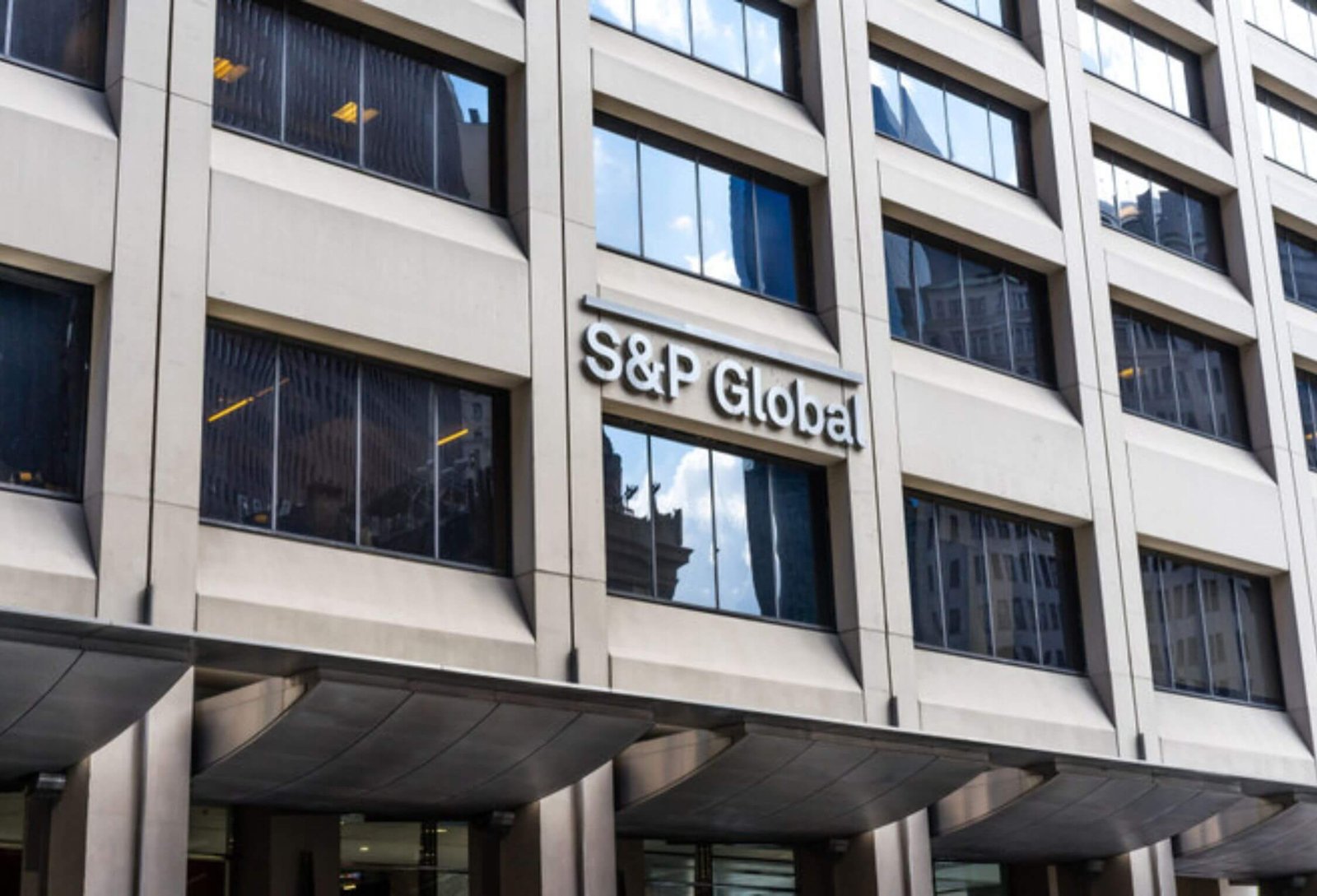The UAE’s non-oil business activity maintained its momentum in October, according to the latest Purchasing Managers’ Index (PMI) report compiled by S&P Global. The PMI rose to 54.1, up from 53.8 in September, signaling continued expansion in the non-oil private sector. This increase was driven by a stronger rise in business activity as firms responded to higher sales volumes, robust client numbers, and healthy work pipelines.
Despite this positive trend, the rate of growth for new orders slowed to its weakest level in 20 months, reflecting challenges such as increased competition and market saturation.
Business sentiment also experienced a mixed trend. Although optimism about future demand growth remained, it was not as strong as earlier in the year, with some businesses citing uncertainty and heightened competition as significant headwinds.
Dubai’s PMI Registers Slight Decline in October
In the case of Dubai, the PMI fell slightly to 53.2 from 54.1 in September, indicating a slower pace of improvement in business conditions. The city saw the softest increase in new business since the beginning of 2022, driven by tough market conditions and a growing number of competitors.
Similar to the overall UAE trend, Dubai’s non-oil companies reported a reduction in average selling prices for the first time since April, as firms engaged in price competition to maintain their market positions.
Kuwait’s Non-Oil Sector Shows Strong Recovery
Across the Gulf region, Kuwait’s non-oil sector showed a remarkable rebound. The PMI for October rose to 52.7 from 50.3 in September, marking the highest level in seven months. Companies in Kuwait saw increased output, new orders, and purchasing activity, with competitive pricing strategies and advertising cited as key drivers behind the uptick in new business.
Despite the positive outlook, employment growth remained sluggish as firms continued to limit hiring to save costs. However, some respondents noted that workforce numbers could rise in the coming months due to growing backlogs of work.
Qatar’s Non-Energy Sector Experiences Renewed Growth
Qatar also saw strong growth in its non-energy private sector, with the PMI rising to 52.8 in October from 51.7 in September. The increase in demand for goods and services led to growth in total activity, contributing to a build-up of outstanding work. Business sentiment remained strong, bolstered by factors such as population growth, real estate investment, and tourism.
Egypt’s Non-Oil Sector Struggles Amid Cost Pressures
Meanwhile, in Egypt, the non-oil private sector continued to face headwinds, with the PMI standing at 49 in October, slightly up from 48.8 in September. A reading below 50 indicates contraction, and the report highlighted persistent cost pressures, particularly in construction, where rising material costs dampened overall activity.
Despite the contraction, there was cautious optimism for future growth, with businesses projecting improved activity in the next 12 months.
Looking Ahead: A Mixed Outlook for the Region
Overall, the October PMI reports from across the MENA region illustrate a mixed economic landscape. While countries like Kuwait and Qatar are experiencing renewed growth, the UAE and Egypt face challenges related to competition, cost pressures, and slowing new order intakes.
In the UAE, businesses remain optimistic, but there are signs that the robust growth of late 2023 and early 2024 may be slowing. As firms adapt to these changing conditions, market dynamics and continued efforts to diversify economies will play a crucial role in determining the region’s economic trajectory in the coming months.
Read Also: Saudi Arabia’s Vision 2030 to Propel Banking Sector Growth Amidst Economic Diversification



